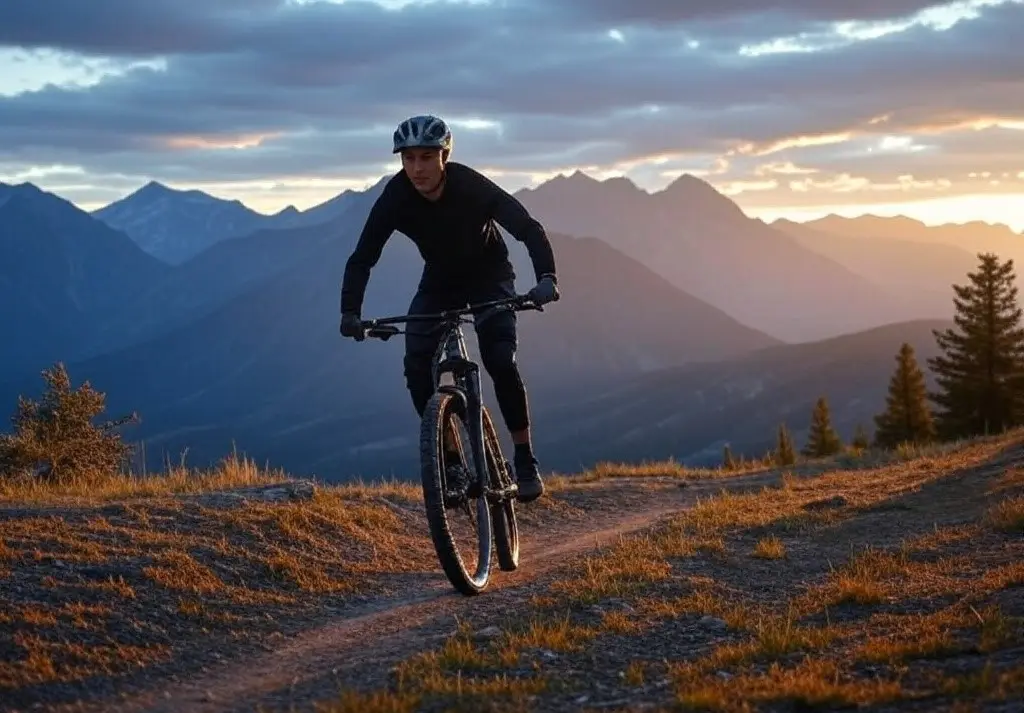Climbing Tips for Beginners: Your Complete Guide to Getting Started
Climbing Tips for Beginners: Your Complete Guide to Getting Started Climbing is a thrilling sport that challenges both your body and mind. Whether you’re drawn to indoor climbing, bouldering, or outdoor routes, getting started can feel overwhelming. This complete guide breaks down everything you need to know—from essential gear and beginner techniques to safety tips and basic training—so you can start your climbing journey with confidence and clarity.
1. Understanding Different Types of Climbing
Before you start, it’s important to know which climbing style suits you best:
A. Bouldering
No ropes or harnesses – Short, powerful climbs (usually under 5m)
Crash pads protect falls
Great for strength and technique
B. Top-Rope Climbing
Rope anchored above you – Safest for beginners
Belayer manages slack
Common in gyms
C. Lead Climbing
Clip the rope into quickdraws as you ascend
More advanced – requires training
D. Sport Climbing vs. Trad (Traditional) Climbing
Sport: Pre-bolted routes (safer for beginners)
Trad: Place your own gear (requires experience)
2. Essential Gear for Beginners
A. Climbing Shoes
Fit: Snug but not painfully tight
Beginner-friendly options: Flat soles (e.g., La Sportiva Tarantulace)
B. Harness
Look for adjustable leg loops
Comfortable waist padding
C. Chalk & Chalk Bag
Improves grip
Magnesium carbonate is standard
D. Helmet (For Outdoor Climbing)
Protects from falling rocks
Lightweight, ventilated designs
E. Belay Device & Carabiner
ATC (Air Traffic Controller) or GriGri (auto-locking)
Always use a locking carabiner
(Pro Tip: Many gyms rent gear—try before you buy!)
3. Basic Climbing Techniques
A. Footwork is Everything
Silent feet: Place feet precisely to avoid slipping
Use toes, not arches
Trust your feet
B. Body Positioning
Stay close to the wall
Hips inward on overhangs
Flagging (extending a leg for balance)
C. Handholds & Grip Types
Crimp (fingers bent) – For small edges
Open-hand grip – Better for endurance
Pinch & sloper grips – Vary based on hold shape
D. Climbing Efficiently
Straight arms save energy
Push with legs, don’t pull with arms
Plan your route before starting
4. Strength & Conditioning for Climbers
A. Finger & Forearm Strength
Hangboard training (after 6+ months experience)
Rice bucket workouts (for injury prevention)
B. Core Stability
Planks, leg raises, and toes-to-bar
Essential for overhangs
C. Flexibility & Mobility
Hip openers & hamstring stretches
Helps with high steps
(Avoid overtraining fingers early on—tendons take time to adapt!)
5. Safety Tips Every Beginner Should Know
A. Gym Climbing Safety
Always check knots & belay devices
Communicate clearly with your belayer
Learn to fall safely (bend knees, roll out)
B. Outdoor Climbing Precautions
Check weather & rock conditions
Double-check anchors & gear placements
Climb with experienced partners
C. Common Beginner Mistakes
Over-gripping (wastes energy)
Skipping warm-ups (risk of injury)
Ignoring rest days (tendons need recovery)
6. How to Progress as a Climber
A. Set Realistic Goals
V1-V3 (bouldering) or 5.6-5.9 (roped climbs) for beginners
Track progress in a climbing journal
B. Climbing Drills
“Eliminator” game (skip certain holds)
Slab climbing (balance focus)
C. Find a Community
Join a climbing gym or local group
Partner with more experienced climbers
7. Mental Tips for Climbing
A. Overcoming Fear of Falling
Practice controlled falls in a gym
Trust your gear & belayer
B. Breathing Techniques
Exhale during hard moves
Prevents “gripping panic”
C. Visualization
Study routes before climbing
Imagine successful sequences
8. Nutrition & Recovery for Climbers
A. Hydration
Dehydration = weaker grip
Electrolytes help with cramping
B. Protein for Muscle Repair
Lean meats, beans, or supplements
C. Sleep & Rest Days
Tendons strengthen during rest
Aim for 7-9 hours of sleep
9. Recommended Beginner Routes & Gyms
A. Indoor Gyms for Beginners
Movement Climbing (USA)
The Climbing Hangar (UK)
Berta Block (Germany)
B. Outdoor Beginner-Friendly Crags
Red River Gorge, KY (5.6-5.9 routes)
Fontainebleau, France (V0-V3 boulders)
10. Frequently Asked Questions
Q: How often should a beginner climb?
A: 2-3 times per week (with rest days).
Q: Can I climb if I’m not strong?
A: Yes! Technique matters more than brute strength.
Q: How do I find climbing partners?
A: Use apps like Mountain Project or gym bulletin boards.
Final Thoughts
Climbing Tips for Beginners: Your Complete Guide to Getting Started — Remember, climbing is a personal journey. Focus on steady progress, celebrate each small win, and avoid comparing yourself to others. With consistent practice and the right mindset, you’ll not only build strength and confidence but also develop a deep appreciation for the vertical world.
Ready to start? Find a local gym, grab a buddy, and take your first climb!
Got questions? Drop them in the comments below!
